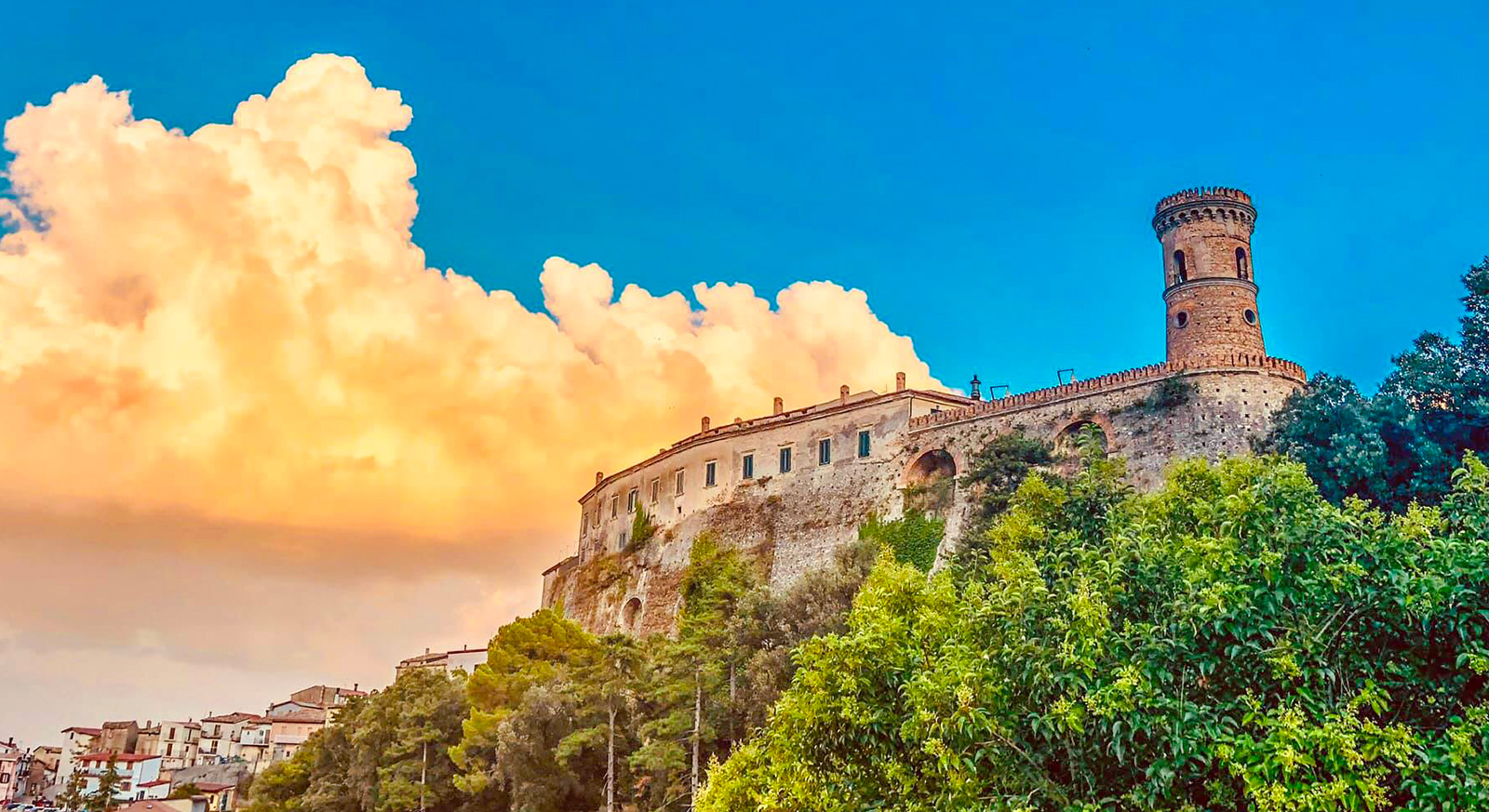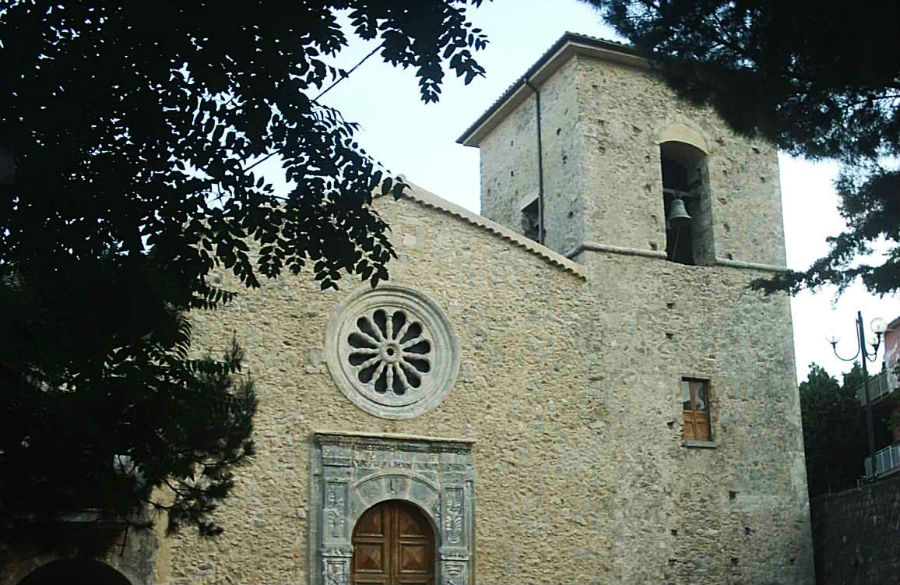The monumental complex of the Abbey of St. Mary of the Rescue of Caccuri includes the former Dominican convent and the Church of Santa Maria del Soccorso or of the reform and the Chapel of the Congregation of the Most Holy Rosary. The complex was founded in 1518 by the Dominican friar Andrea from Gimigliano, on request of the University of Caccuri. Pope Leone X gave the final approval in 1519. On the facade of the Church, in addition to the coat of arms of the University, appears the coat of arms of the feudal lord of the place, Giambattista Spinelli, duke of Castrovillari and count of Cariati. In 1651 the Dominican Convent knows the period of its maximum splendour, under the aegis of the dukes Cavalcanti (Antonio, Marzio, Rosalbo): they invest a lot in the art, with the construction of the Chapel of San Domenico inside the Church, and the Chapel of the Congregation of St. The Rosary, shortly before the ancient cloister.
Entering the Church of St. Mary of the Rescue, you will immediately notice the marble holy water stoup green Guatemala and the endless “crowded” of altars; we think in fact would not be what it is today the arrangement of the various wooden altars, worn by time and quick hand of thieves who have stolen all the precious frontals of altars, whose model is only visible in the altar of S. Barbara in the Palatine Chapel of the Castle of Caccuri (in fact the same decorative motifs of the altars present in this church are present in the castle, because both monuments were to exalt the magnificence of the Cavalcanti family). Proceeding toward the inside, the eye goes to the canvas of the Madonna of the Rosary, and then note the contrast between the majestic altar in gypsum (to symbolize the clergy, powerful but poor economic resources; in fact, the plaster is not a valuable material) and the arc in serena stone that leads to the Chapel of the dukes Cavalcanti, who wanted to erect to attend the ceremonies without for this mix to the common people. Outside, a valuable portal in serena stone, with patterns of warfare. On the keystone of this arch the symbol of the Dominicans, with the typical star and the sword, to symbolize their great weapon: the theological wisdom. And above it a splendid rose window romanesque twelve beams (as many as the apostles), in the middle of the coats of arms of who erected the Badia: the Universitas of Caccuri and noble lineage of Spinelli.
Within the monumental complex of St. Mary of the Rescue, externally to the Church, before access in what was once the entrance to the cloister is the true pearl of the artistic heritage caccurese: the Chapel of the coven of the holy Rosary, where it grants the plenary indulgence from 1679; it is still visible the papal bull of Innocent XI. Tiles of “cotto alternated with majolica in azulea stone of the Eighteenth Century (coming from the neapolitan manufacturing Giustiniana) make up the floor of the chapel, which had access only to the friars of the Congregation and the patrons of the construction of the Chapel: the members of the family Cavalcanti. Remember don Antonio Cavalcanti, Duke of Caccuri, an inscription in Latin, under the choral benches dedicated to the prior of the congregation; inside the skull of man that so much had in the staging of the artistic heritage caccurese.



